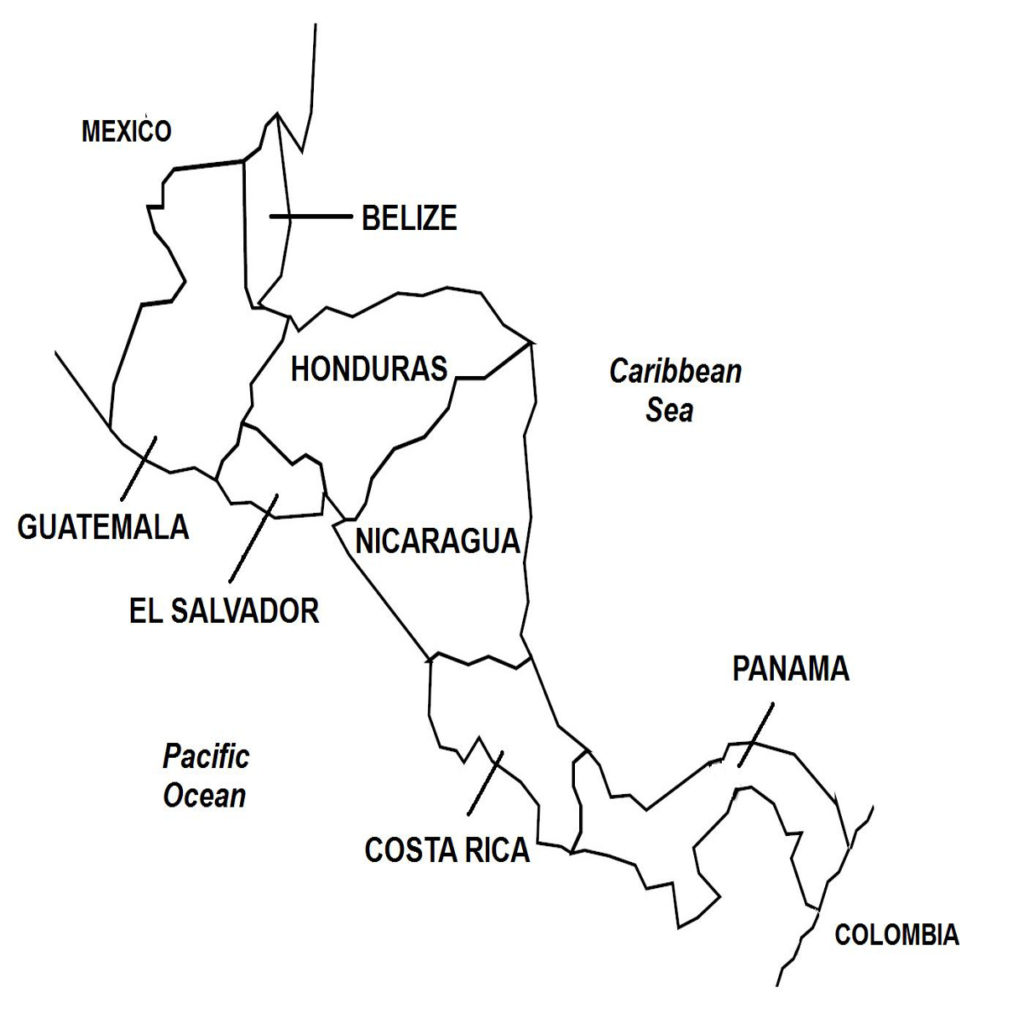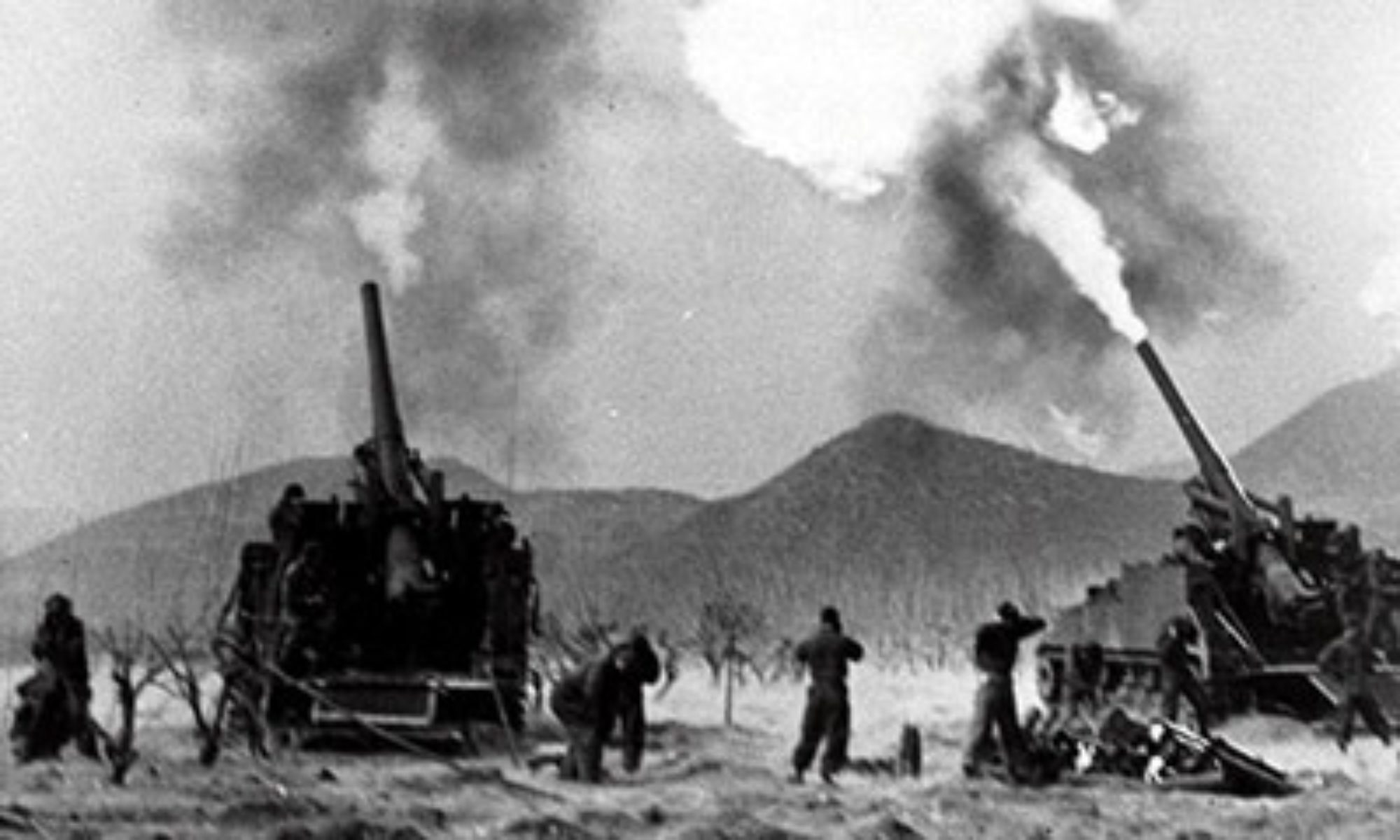A Salvadoran military unit, the Atlacatl Battalion, whose commanders were trained in the U.S. Army-run School of the Americas, was particularly feared by the rural population during the Salvadoran Civil War (1979-1992). In December 1981, in a major ground sweep in rebel-held areas in Morazan Province, the Atlacatl Battalion became involved in the so-called El Mozote Massacre, which took place in December 11, 1981, where some 700 to 900 residents were killed. These soldiers are also believed to have carried out the El Calabozo Massacre, which took place on August 21-22, 1982, where, on the bank of the Amatitán River, located in San Vicente Province, some 200 fleeing civilians were shot and killed. The killings were prompted by the perception that these civilians were members of or actively supported the insurgency.

(Taken from Salvadoran Civil War – Wars of the 20th Century – 26 Wars in the Americas and the Caribbean)
Background During the 1970s, El Salvador experienced great social unrest as a result of a number of factors: an unstable political climate, economic problems, an entrenched system of economic and social inequalities, and a growing population competing for an increasingly limited amount of resources. The long-repressed lower social classes, which form the vast majority of the population, had become radicalized, and advocated both militant and violent methods of expression. In turn, the government imposed harsh measures against threats to its authority.
At the heart of the conflict was the country’s economically polarized social classes, the unequal distribution of wealth, resources, and power between the small Spanish-descended elite and the vast majority of Amerindian and mestizo (mixed American-European descendants) populations. Since the colonial era when the Spanish Crown gave out vast tracts of lands to personal favorites through royal patents, just 2% of the population (the so-called “Fourteen Families”) owned 60% of all arable land, which subsequently was converted to latifundia, i.e. vast plantations that produced coffee beans, and later, sugarcane and cotton, for the lucrative export market. Some 60% of the rural population did not own land, and of those who did, 95% of them owned farmlands too small to subsist on.
Apart from controlling the economy, the biggest landowners held a monopoly on the governmental, political and military infrastructures of the country. Government policies favored the oligarchy and thus widened the economic gap, limiting available resources and opportunities to the lower classes, and relegating the vast majority to become (exploited) plantation farm hands in the primarily agricultural economy that existed for much of the 19th and 20th centuries.
In 1932, peasants in the western provinces, supported by the nascent Salvadoran Communist Party, rose up in rebellion because of economic hardships caused by the ongoing Great Depression. Government forces put down the rebellion and then carried out a campaign of extermination against the Pipil indigenous population, whom they believed were communists who had supported the uprising that was aimed at overthrowing the government. Some 30,000 Pipil civilians were killed in the military repression.
For nearly five decades thereafter (1932-1979), the country was ruled by a long line of military leaders (under a façade of democracy), including one military-controlled civilian government. The military’s hard-line rule suppressed dissent and promoted the interests of the upper class. But in 1959, Fidel Castro’s communist victory in the Cuban Revolution profoundly altered the political and security paradigm in the Western Hemisphere, and challenged for the first time United States hegemony and the region’s democratic, economic, and social institutions. Consequently, revolutionary groups sprung up all across Latin America to initiate armed struggles aimed at toppling democratic and military governments, and then setting up communist regimes.
In El Salvador, the local Communist Party was revitalized after a long hiatus; in 1970, dissenting elements that advocated armed revolution broke away from the party and reorganized as the Popular Liberation Forces “Farabundo Marti” (FPL; Spanish: Fuerzas Populares de Liberación “Farabundo Martí”), an armed group that carried out a rural-based guerilla war against the government. Other communist insurgent groups soon formed as well, including the People’s Revolutionary Army (ERP; Spanish: Ejército Revolucionario del Pueblo), formed in 1972, and the National Resistance (RN; Spanish: La Resistencia Nacional), formed in 1975.
Revolutionary activity at this time did not seriously threaten the government; the focus of leftist radicalism was on “mobilizing the masses”, where clandestine Marxist-leftist groups organized or formed alliances with Salvadoran Communist Party-affiliated peasant groups, labor unions, and student movements that carried out labor strikes, street protests, and media campaigns in San Salvador, the country’s capital, that called for reforms and better working and living conditions, as well as create a climate that would encourage a general uprising. These clandestine groups often had an armed wing that conducted terror activities against conservative groups (landowners, businessmen, military officers, right-wing politicians, etc.), targeting them with assassinations, kidnappings, and extortions. Worth noting is that while these clandestine groups derived much of their support from the “masses”, they also received substantial financial backing from secret sympathizers from the upper classes, even some among the wealthiest.
In the 1960s, a middle-ground political force emerged, the Christian Democratic Party, which was led by middle-class professionals who rejected left-wing and right-wing politics and advocated a moderate, centrist line that they believed led to political stability and greater economic parity, conditions that were favorable to the growth of the country’s middle class. These political centrists, led by José Napoleón Duarte, initially had little support but soon expanded to become a major political force by the early 1970s. In presidential elections held in February 1972, Duarte won the popular vote, but the government used fraud that allowed the candidate who was a military officer to win. In the highly charged, unstable climate of the Cold War, the right-wing government viewed politics of moderation as threatening and even communist-leaning.
The Salvadoran insurgency received a great boost when in July 1979, Sandinista communist rebels in nearby Nicaragua deposed pro-U.S. dictator Anastacio Somoza. In El Salvador, now ruled by General Carlos Humberto Romero, an increase in urban violence and rural insurgent action took place in the period leading up to the Marxist victory in Nicaragua. In response, the Salvadoran government intensified repressive measures in urban areas and military operations in the countryside. In towns and cities, the government’s internal security forces (National Guard, National Police, and Treasury Police) organized “death squads” to kill leaders of peasant, labor, and student organizations, leftist politicians, academics, journalists, and many others whom they regarded as communists. Hundreds were arrested and jailed, tortured, and executed or “disappeared”.
In October 1979, a group of army officers, alarmed that the increasing violence was creating conditions favorable to a communist take-over similar to that which occurred in Nicaragua, carried out a coup that deposed General Romero. A five-member civilian and military junta, called the Revolutionary Junta Government (JRG; Spanish: Junta Revolucionaria de Gobierno) was formed to rule the country until such that time that elections could be held. In March 1980, after some restructuring, Duarte joined the junta and eventually took over its leadership to become the country’s de facto head of state. The junta was openly supported by the United States, which viewed Duarte’s centrist politics as the best chance to preserve democracy in El Salvador.
However, neither the coup nor the junta altered the power structures, and the military continued to wield full (albeit covert) authority over state matters. The junta implemented agrarian reform and nationalized some key industries, but these programs were strongly opposed by the oligarchy. Militias and “death squads” that the junta ordered the military to disband simply were replaced with other armed groups. The years 1980 and 1981 saw a great increase in the military’s suppression of dissent.
